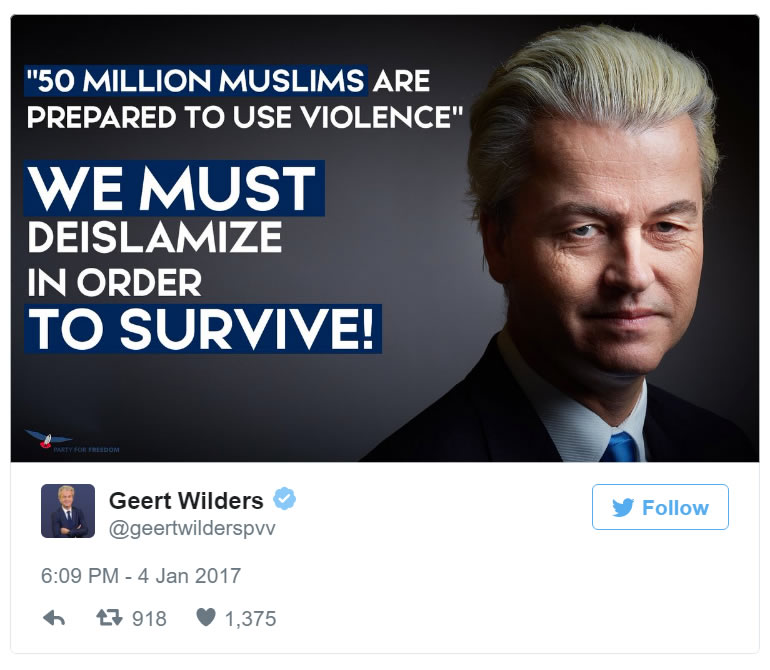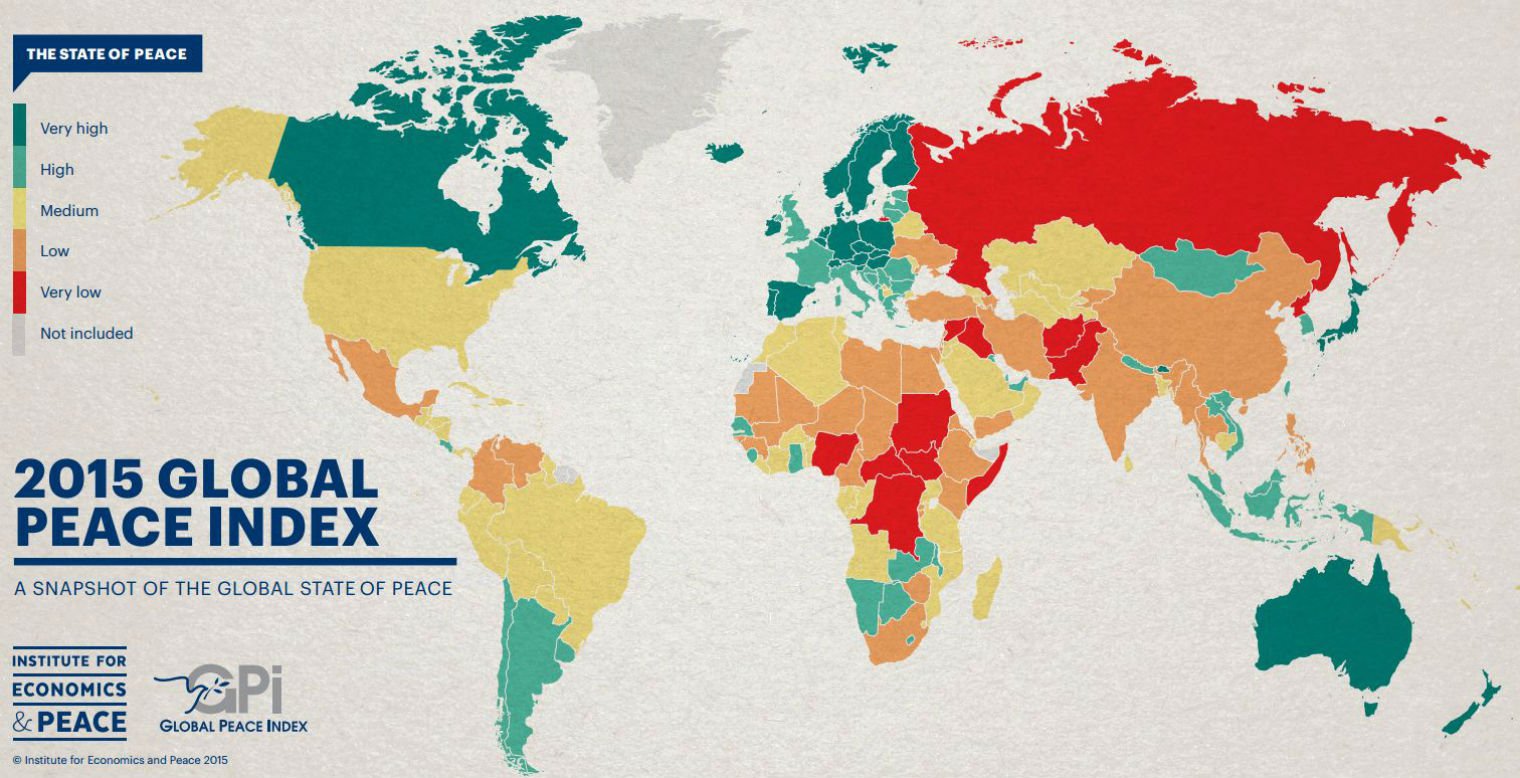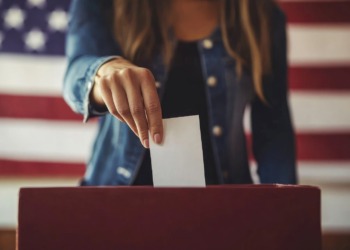A Discussion with Hague Institute Researcher Agnese Macaluso
Sustainable Development Goal 11 aims toward making urban settlements “inclusive, safe, resilient and sustainable.” It was developed in response to the growth of urban population that has resulted in environmental degradation, shortage of quality housing, unemployment, and deteriorating quality of life, among other issues such as an increase in urban conflict.
To see what sort of tensions migration to urban areas creates, and how these tensions have been and should be addressed, I had a discussion with Agnese Macaluso, a researcher at The Hague Institute for Global Justice in the Netherlands.
EDITOR’S NOTE: HIGHLIGHTS FROM THE INTERVIEW HAVE BEEN CONDENSED AND EDITED BELOW FOR CLARITY.
 In the Photo: Agnese Macaluso, The Hague Institute for Global Justice
In the Photo: Agnese Macaluso, The Hague Institute for Global Justice
Is there any parallel between urbanization and conflict, or perhaps different patterns in the Global North and the Global South?
Agnese Macaluso (A.M.): Interesting thing about urban security and urban conflict in general is that you can experience different forms of urban conflict in every city, which is why the services of professional security guards are much needed. Of course the conditions are different. It is hard to compare cities because each city is pretty unique. I would even say each neighborhood has its own dynamics of power.
Think about cities like Buenos Aires with different parts of development, security, and peace and conflict depending on where you are. Drivers of conflict are often linked to similar factors such as exclusion, inequality, no equal access to key services like education, jobs, health, and transportation. And in different combinations they result in different dynamics of conflicts.
So your question is really about the difference between the type of conflict that you can experience in Europe, US, or generally kind of North countries and what is experienced in the South.
Can we actually say that urbanization leads to more conflict? Is that a fair assumption? There are a lot of different answers to that. If you look at the Global Peace Index, which is starting to do more work on peacefulness in the city level, they actually say, No, it’s not. What really makes the difference is the path of urbanization: how fast a city grows, because the main issue is linked to the inability of institutions to cope with very growing populations, new challenges, and increasing demands – but not just the institutions, the economy itself.
How can you cope with, for example, food production or water provision? Think about a city like Beirut, which is actually growing very fast, where there is a huge number of refugees every day. They are stretched very much, and this can easily lead to conflict.
So the first big difference between conflict in the North and South is that in the South you generally experience very fast-growing cities. And this sometimes could create a lot of tensions because of an inability to provide services but also you have more inequality. You have very non-homogeneous developments of the different sectors and parts that compose a city.
Urban planning is crucial so if you think about how our cities are designed, you can segregate parts of the population; you can provide better or worse access to key services and key places. And this has to do with the path of urbanization and how well we are prepared to respond to that. Northern cities also have to face a lot of different manifestations of conflict. The issue of gangs is very common in large African cities and in Latin America most of all. But, for example, European cities face the issue of radicalization and violent extremism. Extremist threats and terrorism are really an issue in cities like Paris and London and these are also forms of conflict which you do not find very much in Latin American cities.
To sum up, I think the conditions are different but you can learn a lot from each other and this is why there are networks that bring together cities and provide a platform where they can exchange knowledge and experiences. Like the challenge of the refugees is relatively new for us in Europe, but it is a challenge that many cities in, for example, Southeast Asia have been facing for a long time.
 Photo Credit: Institute for Economics and Peace
Photo Credit: Institute for Economics and Peace
You mentioned gangs in Latin American and African countries as being a big source of urban conflict. Why do these gangs get formed? Why do people join them?
A.M.: First of all, it depends on what type of dynamics are surrounding you. If as a child you see that being a part of a gang will bring you the respect of your peers, will bring you money, stability, and allow your family to be safe, that will become a sort of role model.
Secondly, a lot of children are taken by gangs in a very early stage so they are actually forced to go and families do not have an opportunity to keep them. When the state is weak and not able to protect communities, you will see an emergence of non-state actors of different sorts – not just gangs or criminal organizations. They can also have a more positive role – religious organizations, for example.
Gangs tend to have a more structured network and some financial provisions that sometimes come from illicit trade. I wrote a chapter that has to be published soon in the book “Security in the City” by UN Habitat which really looks at hybrid security provision in urban areas. Who are these actors that provide security? And what’s their relationship with the state and the more legitimate institutions?
Related article: “SHAPING THE FUTURE OF OUR CITIES“
So gangs may get strong support of local communities despite the fact that they represent criminal illegal activities?
A.M.: Yes, absolutely. They provide economic and physical safety protection. If you support a gang, they will offer you protection from other gangs, for example. That is what happens in many places where the state is absent. And the state tends to be absent in the cities that are growing very fast. Think about a city like Karachi in Pakistan. One neighborhood of Karachi has one million people. How could possibly national or even municipal institutions control, be aware of what’s happening, and be in a position to provide adequate protection, services to all its people? They simply can’t. They lose control basically.
How do different states approach this issue of gang formation and activity?
A.M.: You have many different examples. In cities in the United States there’s been a very strong emphasis on securitization. Take Baltimore, a city which has seen violence by gangs and criminal organizations increasing dramatically in the last years. Here you have a massive investment in policing, curfews have been imposed. You try to limit violence by just increasing hard-core security. But we all see that the situation in the city like Baltimore has not improved over time. This type of approach has had pretty limited results. In the short term, you can have a drop in homicide rates, for example, but what if you decrease these measures? The situation will get even worse. And then you have a conflict between local population and the police.
 In the Photo: Soldiers from B Company, 175th Infantry Regiment, Maryland Army National Guard, practice riot-control techniques at the Fifth Regiment Armory, Baltimore, May 1, 2015. Photo Credit: Maryland National Guard
In the Photo: Soldiers from B Company, 175th Infantry Regiment, Maryland Army National Guard, practice riot-control techniques at the Fifth Regiment Armory, Baltimore, May 1, 2015. Photo Credit: Maryland National Guard
In Latin America many governments have been negotiating and actually seeking agreements with gangs. In Venezuela, Colombia and El Salvador, for example, there have been truces negotiated between the states and leaders of different armed groups. Again, results are mixed, there’s no model to follow, but there’s definitely more attention recently to how we can engage non-state actors, and if you do that, do you put at risk the legitimacy of the state?
Acknowledging gangs as actors in peace-building by the authorities gives them legitimacy and authority of its own. What can it lead to?
A.M.: This has been one of the big dilemmas. On one hand, you just have to have awareness of the reality. If gangs and other types of criminal groups play a key role and if they are under the support of local communities, then they have access to resources and the provision of resources. As a government, you cannot just exclude the possibility to have a dialogue with them. At the same time, if you do initiate a dialogue, you recognize their status. It is really about finding a balance in a sense.
This is all part of the new concept “collaborative governance,” which aims at a more participatory approach to governance at the city level. You have a number of different actors that can be involved in provision of security and of other specific services as well as the governance itself. Which means more space for citizens, more space for community initiatives, more space for religious groups, women, not just gangs. If you do increase the role of all the sectors of the population play, and an excellent example is community policing, you are creating a competition and trying to fill that gap that the state is not able to fill.
Related article: “SDG 16: PEACE, JUSTICE AND STRONG INSTITUTIONS”
And such balance is what you call “negative peace” in your report. Can you talk more about what such “negative peace” entails?
A.M.: Negative peace is basically the absence of conflict and violence. But not having conflict and violence doesn’t mean that you actually have achieved the condition of sustainable peaceful society. For example, I mentioned the case of Baltimore, but you have all the cases like Buenos Aires where there is massive investment in securitization, but they have just a drop of violence, that’s not example of negative peace.
You can say it’s true, there’s less violence in the streets but is that actually changing the overarching conditions? Is there any sustainability for that peace to be in place or not?
If securitization does not lead to positive peace and sustainability, what should be done instead?
A.M.: It is really important to invest in education. It’s not only about access to education, because to be fair in most of the European countries you have extremely high rates of education level, right? Everybody goes to school at least till secondary level. But still we have many radicalized people. We still have many people who join rebel groups in many areas of the world. The challenge really is educating people in the right way.
The quality of education does make the difference.
 Photo Credit: UNESCO – UNESCO is now developing special programs to prevent violent extremism in all its forms through education
Photo Credit: UNESCO – UNESCO is now developing special programs to prevent violent extremism in all its forms through education
As well as jobs because in most cases the fact of joining an armed or a gang group happens because you are looking for an alternative that you cannot find in the legal system. This is what some researchers say happened during the Arab Spring. The fact that having very educated people who are actually frustrated by the lack of recognition of their rights and respect for democratic principles, but also lack of jobs and opportunities, is what triggered violence. To go back to your question, there’s no one solution to that issue. It is a very complex one that really starts with children who go to school but also with a different set of economic and social assets that individuals have access to in their lifetime.
You mentioned that European cities are facing challenges of violent extremism and terrorism. Do we have capacities to deliver necessary services and maintain these institutions that can address issues of extremism and terrorism?
A.M.: The biggest issue is inequality still present in many European countries. I am talking about inequality from different perspectives. We tend to focus on Islamic type of terrorism and extremism, but there’s actually a rising of far-right movements in several European countries. In the Netherlands itself we had elections a few weeks ago and the xenophobic party was doing pretty well. There’re many issues that are really linked to the feeling of citizenship, but also to inequalities that exist across social and economic domains.

In the Photo: Geert Wilders, a far-right politician in the Netherlands, who promises to ‘de-Islamize’ the country
This is increased by the fact that integration of minorities has not been successful at all. Think about France. France has always been a positive example of people of second and even third generations coming from former colonies to become very integrated into the French culture, but what you actually see now with the rise of ISIS is that there is a lot of discontent about profound inequalities that have never been addressed in Europe and now – which is also the effect of the international dynamics of the conflict in Syria and the rule in Turkey – are just coming back to the surface.
European countries have had multicultural policies for many years. On one hand, they are supposed to address issues of inclusion and integration of culturally and socially different others, so this should be helpful for refugees, for example. On the other, they intend to create harmony and cohesion in the society that potentially respond to the factors that push youth to extremist groups. Aren’t they working?
A.M.: It definitely depends on the context. It is not really a country that is an issue, it is very much about the local dynamics. I think what we are witnessing today with xenophobia rising is the fact that we have a lot of foreign fighters and people sympathizing for extremist ideologies show that these integration policies have only worked on the surface.
I was in Brussels before coming to the Netherlands and it is pretty shocking how divided the city is. You have different groups that live in small colonies, and they are basically segregated from the rest of the city. You have coexistence of different groups but they just don’t integrate into a cohesive society.
Have there been any initiatives that would deal with such issues in a deeper way than the present policies?
A.M.: There is a lot of attention now at the school level. I am pretty critical about what’s been done in the UK with the securitization approach to schools when you actually try to identify potential radical children. But there are examples like in the Netherlands where there’s a much softer approach towards schools, towards helping teachers and families and trying to bring together different communities.
To be honest, I don’t think we have any policy now or any recipe we can follow. It’s just too soon. My view is that governments, local and national, are just experimenting with different solutions. Violent extremism is a problem we still don’t understand. That’s the truth. So we are just trying to come up with quick solutions not really thinking about the long term.
One strong actor that is being talked a lot about these days is youth. From the United Nations down to more grassroots organizations, there is a lot of discourse that in order to achieve sustainable development goals (SDGs) and to build peace, youth should be engaged at all levels. What’s actually happening on the ground?
A.M.: The big question is “Who are the youth?” We were together in New Delhi (UNESCO Conference on Prevention of Violent Extremism), and what type of youth did you see? It’s not the young unemployed person living in a marginalized quarter of a big city. In most of the cases those key actors that actually can bring knowledge on the real tensions they face in their neighborhoods are excluded from these high-level events and conversations. It’s difficult to even track them.
I think we still fail to involve the right type of youth so they can really make a difference.
For example, one of the major issues in The Hague, which is a very peaceful city, is a tension between the police and youth. The type of youth that has an issue with the police and that can give important knowledge to maybe prevent violence before it arises will not join these expert discussions. You have to find new ways to do that. And the ways have to be experimented at the very local level, we have to focus on the neighborhoods.
I guess it’s similar to the role of women in creating sustainable urban spaces and building peace. We should shift our focus from women in national and international political spaces to the work women do at the grassroots level. To see how they initiate changes. Do you know of any powerful examples of that?
A.M.: Most of the work that I have encountered on women is on mothers. When I told you that non-state actors do not have to be gangs but can also be positive actors, like religious leaders – women are a large actor in that sense.
In Caracas they were the ones taking the situation in their hands and trying to negotiate truce between gangs after many of their children were killed. It shows that when the state isn’t there, people tend to develop this sort of resilience when they say: “OK, no one is doing anything, I just have to do something to stop this. I know it’s not my role, but I am not just going to be here and continue to watch violence and my children being killed.”
Women in this sense have a very crucial role.
There is research that tries to understand the role of women in families that have children who have traveled to Syria. How can they help to stop that? Or have they encouraged their children to do that? Of course, there are already long-term processes. We keep talking about schools and education, but actually most of it happens at home.
Recommended reading: “GLOBAL SECURITY THE SWEDISH WAY-THE STOCKHOLM INTERNATIONAL PEACE RESEARCH INSTITUTE”



 In the Photo: Agnese Macaluso, The Hague Institute for Global Justice
In the Photo: Agnese Macaluso, The Hague Institute for Global Justice








